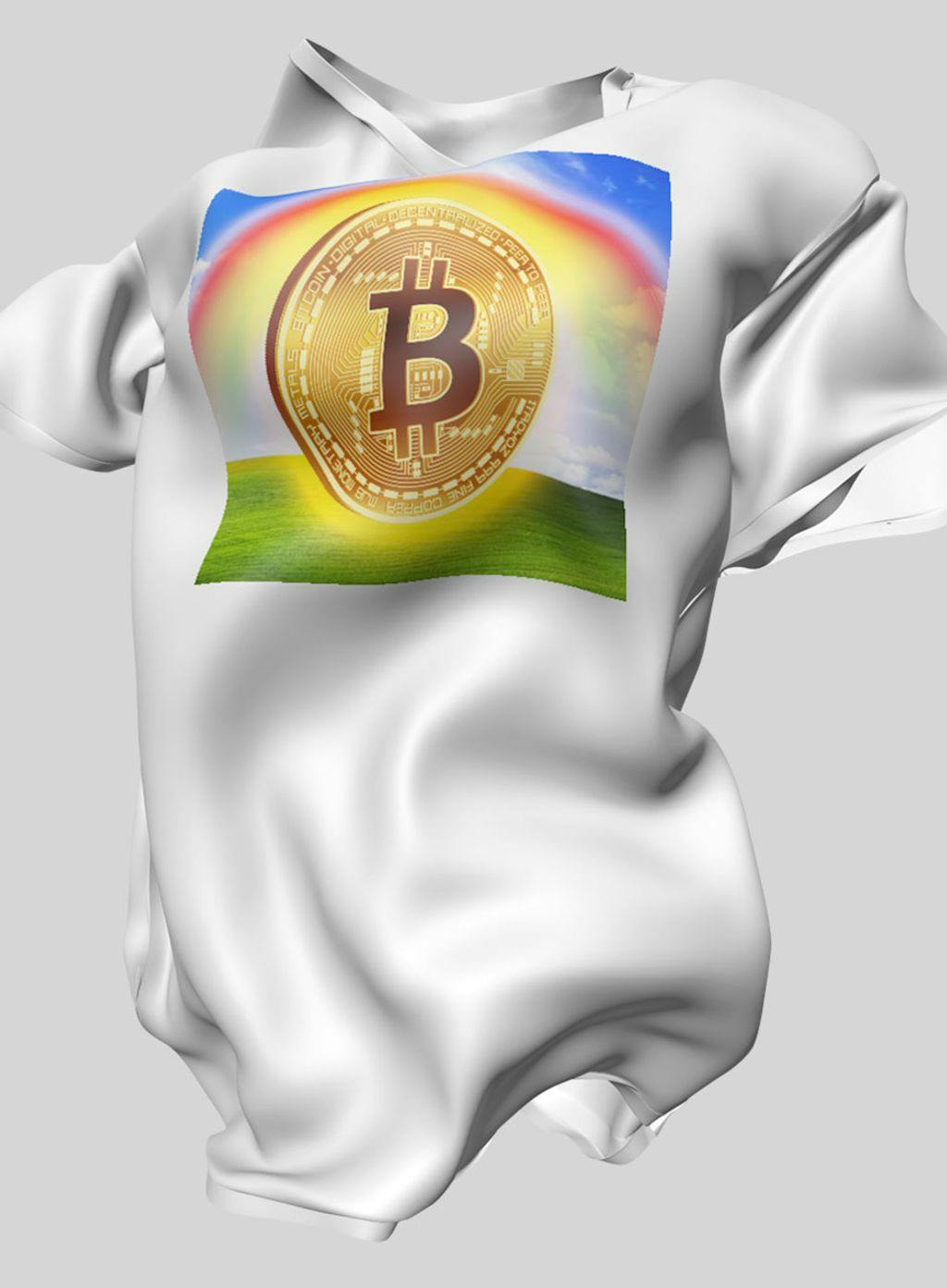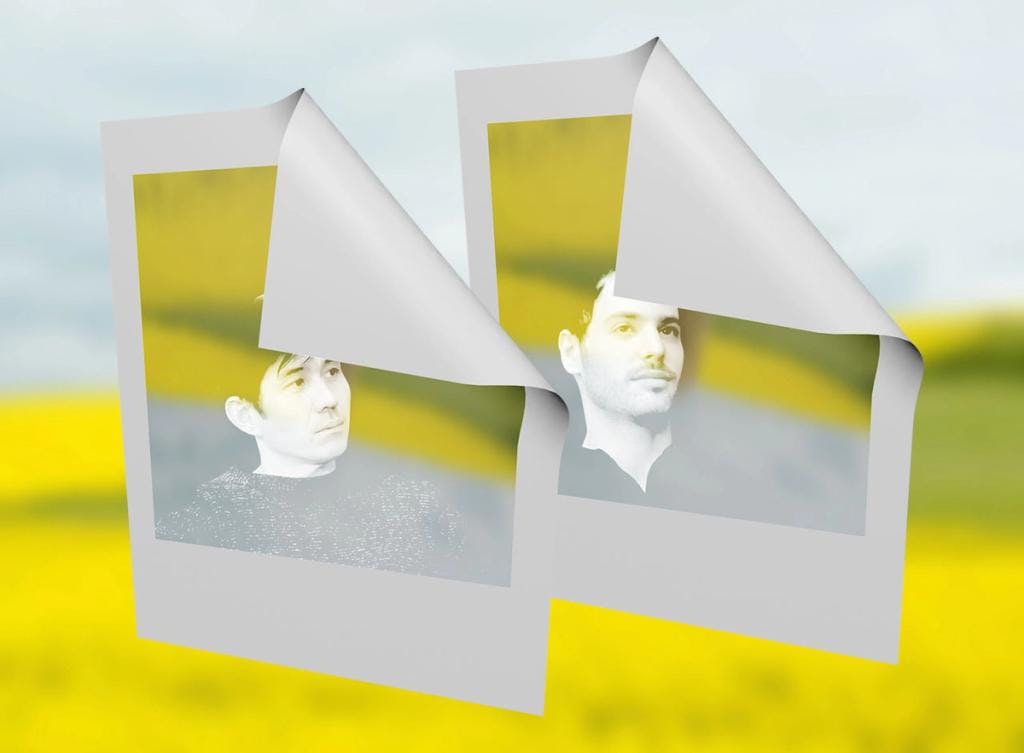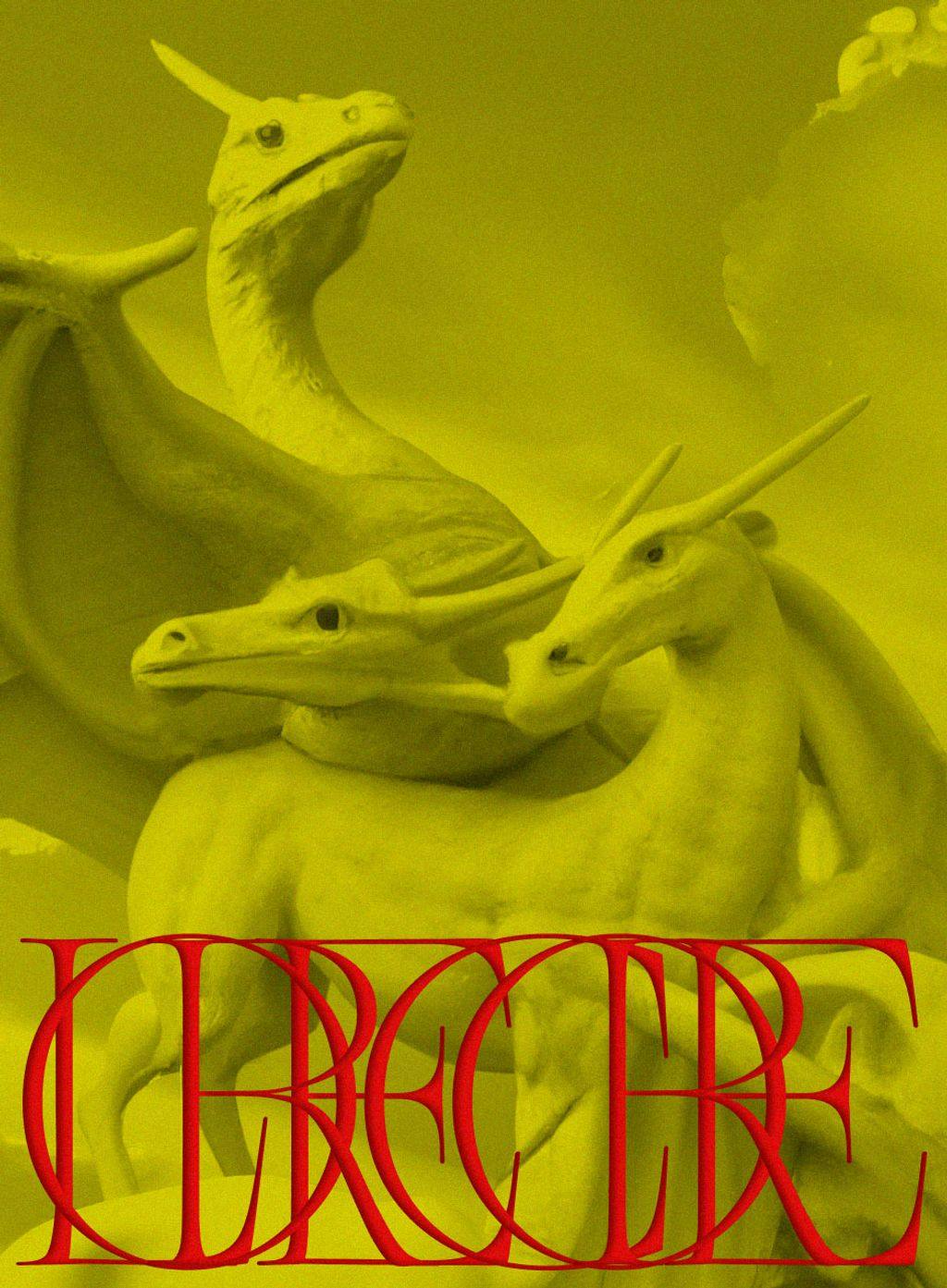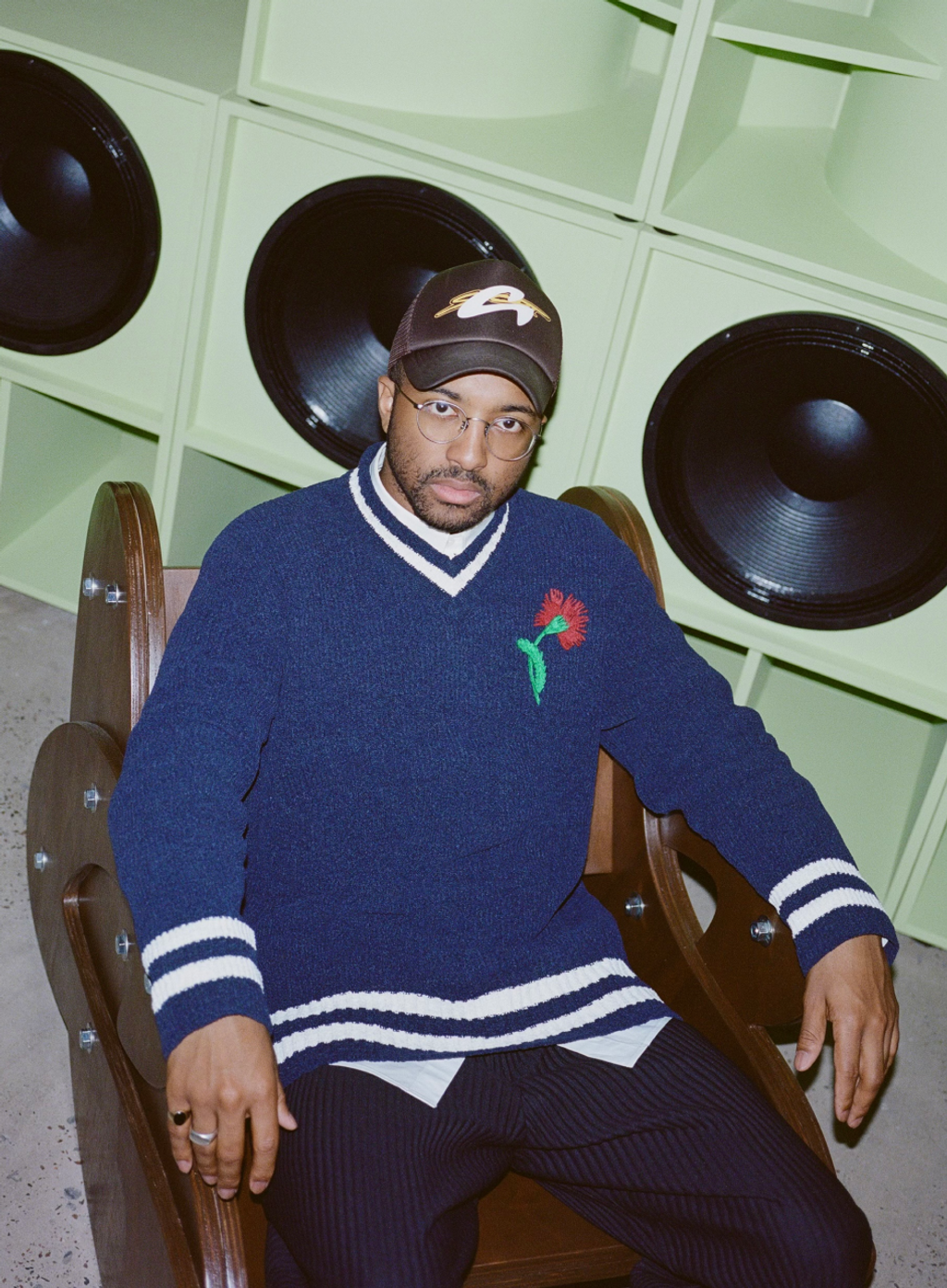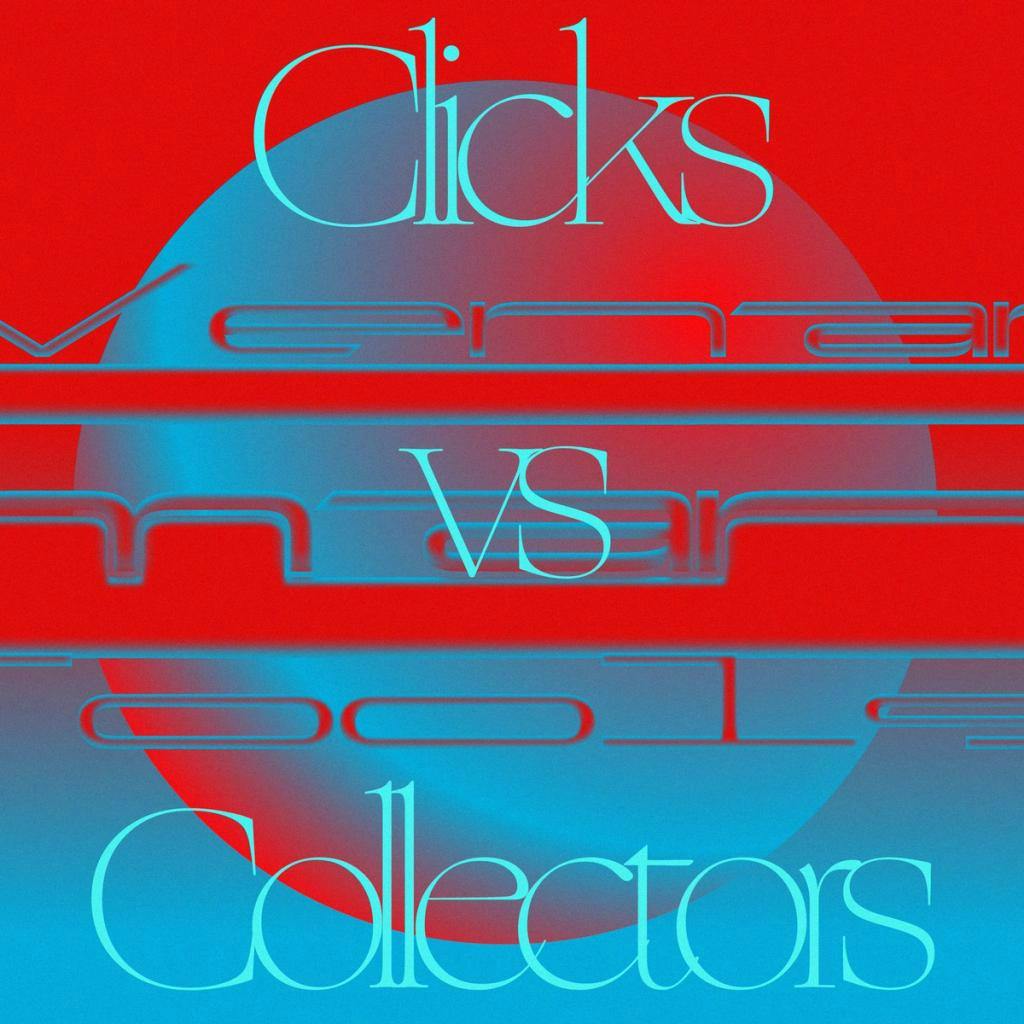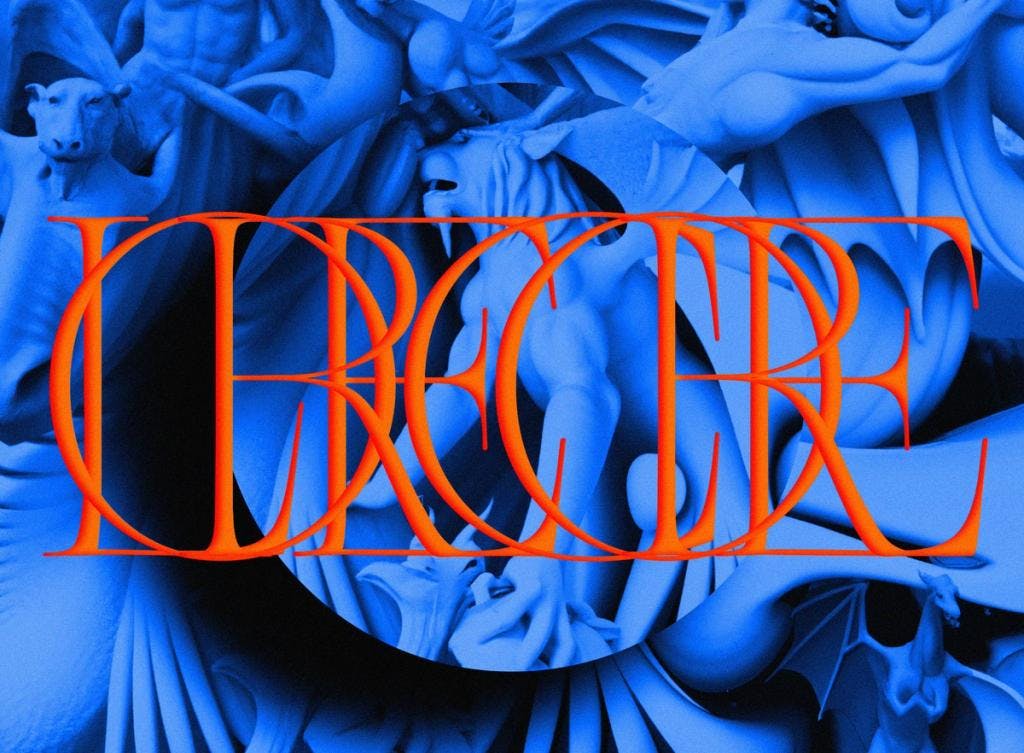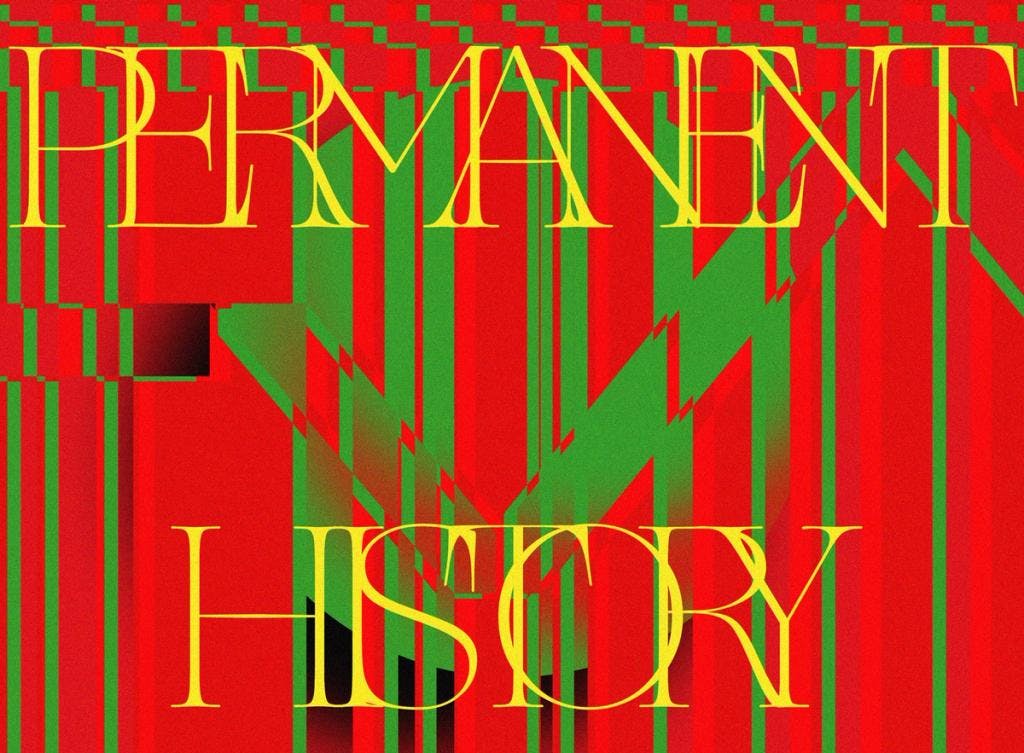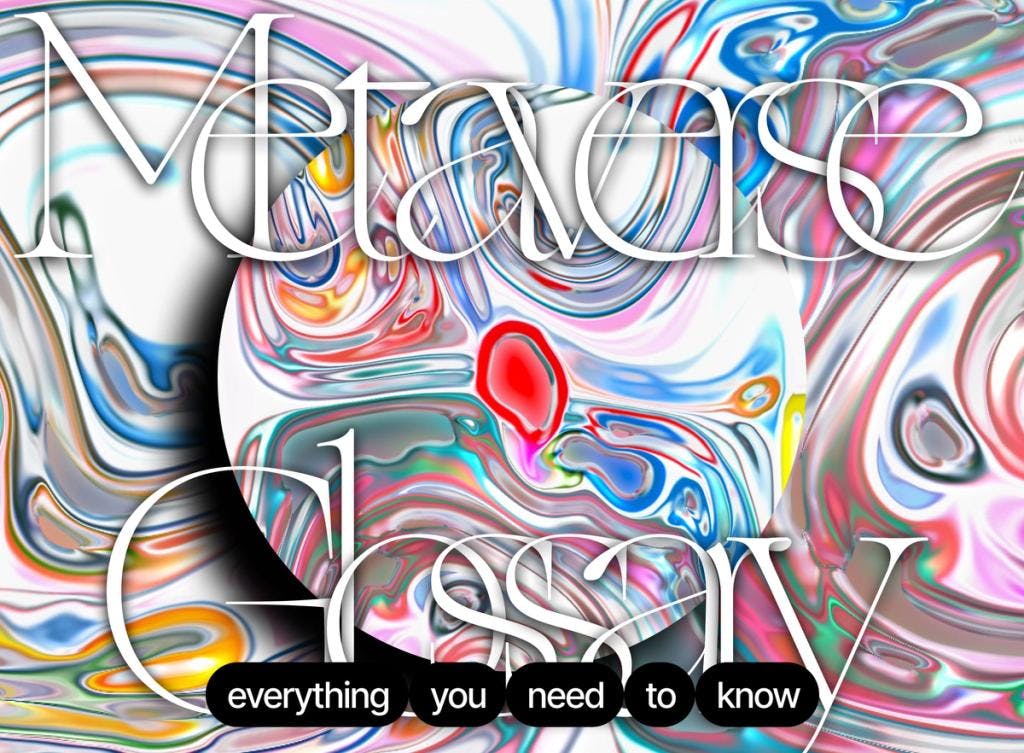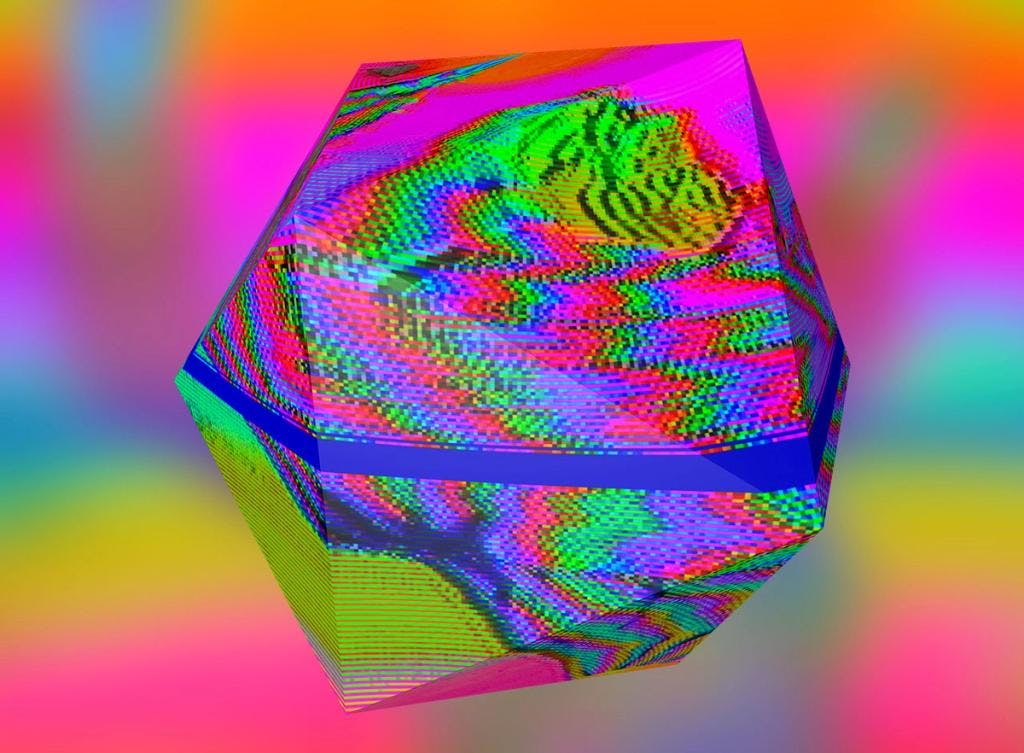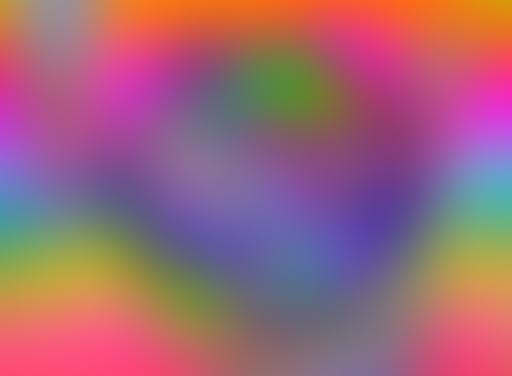


ManifoldonSmartContractsandCreativeSovereignty
Manifold on Smart Contracts and Creative Sovereignty
Eric Diep explains how Web3 enables true authenticity
Michail Stangl (ZORA): We want to hear your story—who you are, what your personal background is, how you found Web3.
Eric Diep (Manifold): My name is Eric Diep. I'm the co-founder of Manifold. Before Manifold, I worked for about 10 years with my current co-founder, on a free-to-play mobile gaming company. We spent the last 10 years thinking about digital economies, digital assets, and digital communities, which are the pillars of mobile gaming communities. When crypto became a concept that we could actually think about—and this was pre-Ethereum, more like Bitcoin in 2012-2013—we had thought a lot about how a gaming company could apply this fascinating new concept of a blockchain to our products.
But again, this was before programmable blockchains had mainstream adoption. And so, we gave up on that concept, because we thought that it was rather early, and our main business being free-to-play mobile gaming, it seemed like perhaps an early start and we put it on the back-burner. When NFTs arrived, it became sort of this reinvigoration of all the ideas that we had over the last 10 years building mobile games, and seeing this as the perfect storm for a new type of community, and a new type of economy to grow beyond the bounds of what would typically be a game that's held by some central operator.
NFTs enable essentially a borderless game. You have the ability for anyone to participate in a global game with a digital economy. The cool thing is, it's completely inclusive, anyone can play. What's even cooler is that anyone can build on top of this game. We spent some time with creators that we had a great relationship with to bridge the knowledge gap of what the underlying medium enables. It turns out that if you pair some very simple game mechanics with great content on this medium, you already see an explosive amount of value being generated. We're still quite early in exploring what's possible.
It really reminds me of the meme of NFTs just printing JPEGs—it's tongue-in-cheek at this point. But if you think about it, when folks first discovered the internet, and the ability to sell things on the internet, one of the things that artists were using the internet for was selling things like custom merch. Dropping a JPEG/selling a JPEG reminds me a lot of the early days of the internet when artists were finding ways to sell custom merch. But no one looks back and says, "Well, that's what the internet enables, the ability to sell custom printed T-shirts," and that's it—you can do so much more, obviously.
A big part of what Manifold is doing is advocating for what's called creative sovereignty. Which is the idea that as a creator, you have full ownership over your creative output on this medium.

MS: The medium is the smart contract, right? Not the NFT itself, but the factors that basically create the data, like that construction, is that a correct reading of your statement?
ED: Well, I think maybe it helps to clarify and simplify exactly what an NFT is. Because I think a lot of times there's a misconception around that. It’s proof of ownership. It's registration. The smart contract is a digital ledger. And so, when you say that you're minting an NFT with say, OpenSea, what's actually happening is, you are registering one of your products on their ledger. When you mint with a platform contract, you're giving your art to the platform; they're registering it on your behalf. When you have your own smart contract, it's the equivalent of having your own warehouse, your own inventory. And when you mint with your own smart contract, you have full control over it, because you have the keys to your warehouse.
We're building the Manifold Creator contract, which is a standard ERC-721 minting contract, with an extensibility framework, which means that it’s a smart contract that allows other smart contracts to interact with itself, with a permission model. If you own your own Manifold Creator contract, you could authorize other smart contracts to interact with your inventory of NFTs, and to mint NFTs on your smart contract.
Think of it this way: an ERC-721 minting contract is like a monkey-press, a printer. You have the keys to the printer as the owner of the smart contract, you can print things with this NFT printer. The extensibility framework enables other smart contracts to have access to your printer as well. This is a very powerful concept, because, in the past, if you wanted to sell an NFT on a platform like Foundation or SuperRare, you would have to use their printer. Now, these platforms are opening up and they're accepting third-party and minted NFTs, which means they will allow you to print your own NFT and give them access to sell it on your behalf.
For the first time ever, you're able to own your own inventory and give permission to other platforms to use it. You can do this without any legal contract. It's all written in code and t's codified in a way that there's no room for bad actors. You codify the usage agreement, and you codify how you want other platforms, or which platforms can actually use your content. You're inverting the relationship.
MS: How does this transition look from Web2 to Web3?
ED: In Web2, it's typically the case that content creators give their content to platforms in exchange for distribution. In Web3, content creators own their content outright, but they can lend it out or lease or give permission to other platforms to use it on their behalf. But at the end of the day, they still own the content.
Here's an example. If you post a photo on Instagram, they own that content—there's nothing you can do about it. It's their sandbox, it's their rules. In Web3, if you mint a photograph on your own smart contract, you have the keys to that NFT existing, you can delete it at any time, of course, but no one else can, unless they have the keys. And if you're the owner of the smart contract, you have the keys. But you can still allow other platforms to access your content through an extensibility framework.
MS: You're completely right that this ultimately inverts the power of relationships where platforms have to be built on top of content and not the other way around. So, ultimately, what you provide is less technically a smart contract toolset for artists to generate collections as they are hip right now, but rather a primitive technology for power inversion of how content, interaction, and platform relate to each other and distribute value.
ED: Well said. Another thing I would like to point out about Web2 is the concept of authentic providence or just general authenticity of content.
If artists publish on Instagram, they're giving their content away to Instagram. How do you know as a consumer that any piece of content on Instagram was in fact, endorsed by the creator? How do you even verify that a profile is authentic? Well, right now Instagram has this blue checkmark, right? But who controls that? Well, of course, Instagram does. And what are the rules for this? It's quite ambiguous. And in fact, why don't we all have blue checkmarks? The whole point of the blue checkmark is to verify that you are you.
Web3 finally enables what I believe to be true authenticity—the source of content from a single creator.
Isn't it weird that the platform, in this case, Instagram, determines who is real or who is not real? That shouldn't be the case. Web3 finally enables what I believe to be true authenticity—the source of content from a single creator. It can no longer be debated whether or not the pieces that you mint from your smart contract are authentic or not because it's tied to your wallet. Your identity becomes a function of your actions on-chain, which is impossible to fake.
MS: With your experience of building interfaces, what's your vision of how this complexity will be reduced? Do you think we'll enter a phase of no code smart contracts?
ED: I think you've basically derived on your own, what it is that we're building. There's quite a lot of complexity at first, to understand how to fully take advantage of what I like to call an infinitely programmable canvas. That's what NFTs enable: you have an infinitely programmable canvas, and you have a digital brush. But how do you take advantage of this? Well, unless you know solidity, it can be quite intimidating. Our approach to this is, and we've productized this with the Manifold Creator contract. What I referred to earlier in this call in terms of the extensibility framework, it's actually a very simple concept.
The concept is, you have your own smart contract, which is your brush, it's a minting factory. The extensibility framework allows you to essentially install applications on top of your smart contract factory, to execute specific functions. An example of this is, you have a smart contract that you can mint your one on ones. But let's say you want to do an airdrop to all your fans. Typically, you may have to write some solidity code here, to ensure that the cost of doing this airdrop is efficient, and you can codify the rules, et cetera.
If you knew how to write solidity you could, you could do this yourself, or you could install a pre-made module. Essentially, it's a smart contract, but as an application. It's a smart contract app, and you can install that onto your own creator contract, activate it without knowing any solidity, and with a push of a button, essentially, you can then execute an airdrop, using your own smart contract. Does that make sense?
MS: Yeah, absolutely. Does this mean new forms of collaboration are possible between artists or products? The way I see this, if artists, especially in the digital realm, own smart contracts, and can define the rules of engagement, that basically equates that power imbalance. I don't know if it can completely equate it because the brands still have a lot of leverage in off-chain platforms—Instagram and whatnot.
ED: Here's a really good example of that: Osean World has his own Manifold Creator contract. And say, in the future, let's say there's a collaboration between him and say, I don't know, Nike. Because he owns his own creator contract, Nike could actually collaborate with him by requesting permission, from Osean World to mint on his contract. And that can be done via an app on-chain that Osean World approves. It could be like, the Nike Fall 2020 or Nike Fall 2021 drop.
MS: So, imagine he has a design that's super fucking sick, and Nike wants to make a sneaker out of that. So basically, this would be a way of them requesting permission, usage rights, and also guarantee the monetary relationship between the product and the artist?
ED: Yes. And more specifically, and I think what's even more important, is, as fans and consumers, we can see that this was, in fact, an Osean World approved collaboration. There's no way you can deny that Osean World did not endorse this, if he approved Nike to use his creator contract. So, the collaboration is on-chain, it's codified, it's undeniable because it requires Osean World to approve it. And so, you'll see on-chain, the interaction pattern, we'll see Nike requests access to Osean World, Osean World approves, Nike mints with Osean World. How cool is that?
And here's the other thing, with that relationship, you'll notice that Osean World retains the rights and the ownership of the collaboration. Because Nike is minting off of Osean World's contract, the resulting NFT remains in Osean World's inventory. So, he still controls it. And so, he can do whatever he wants with it in the future if he really wanted to, right? And Nike can never take it down. So, I think that's very powerful.
MS: And also, when you think further, how that unique Nike design that obviously makes it an iconic silhouette, they can use a similar asset in a different context a fortnight later. Of course, that is then cultural composability.
ED: Cultural composability it's been an abstract concept that we've talked a lot about. But I don't think it was practically doable until recently, with the advent, and understanding of creative sovereignty, via owning your own digital goods, and true digital ownership. With smart contracts, the key concept here is that you as a creator can own your own smart contract. As a creator, you may have an Instagram account in Web2, but you don't truly own that Instagram account.
MS: What you don't own is the data that signifies, you only have access to the app layer— you don't have access to the data layer.
ED: Sure. But at any time Instagram can ban your account; you have literally zero control over that. If you own your own smart contract, no one can ban you. Ethereum network cannot ban you, the blockchain cannot ban you.
MS: How do you see how this technology will become more accessible? Because right now, again, these are really great ideas, but they are virtually inaccessible because of the monetary element of it—99% of the planet can't pay the upfront costs to participate. What do you think needs to happen?
ED: I think we talk a lot about how to grow the Web3 ecosystem. Our team recently looked at the blockchain and tried to determine how large this community actually is. We ran a scanner of the blockchain at the head block to look at all different interactions between wallets and ERC-721s. A rough estimate was that in the last month alone, there were around 200,000 active wallets. We can just say that the monthly active users in the NFT economy is around 200,000. That's a really small community. But they're generating about, I think last month alone, around $4 billion in sales. For a community 200,000, that's quite a lot of horsepower. And you can say that maybe the entry price is rather high, because of this.
I think in terms of accessibility, the way to grow this space is to bring on more creators. Because what we've seen is, when someone joins the community as a creator, and they mint a piece, and they sell it, oftentimes they take the funds that they've received and reinvest right back into the community. That yields a significant return, and they can continue participating. So, I think the idea is to get more folks to become not just observers of this community, but to be actively engaged—not just by buying things, but by creating things.
Of course, our viewpoint with Manifold is that if we can help those understand what true digital ownership is all about, compare and contrast to what the state of the art of that is in, say Web2, I think it becomes really clear that digital ownership in Web3 is much more authentic and much more real, right? And hopefully, that's one selling point, to encourage artists and creators who are currently still creating in Web2, to consider creating in Web3.
